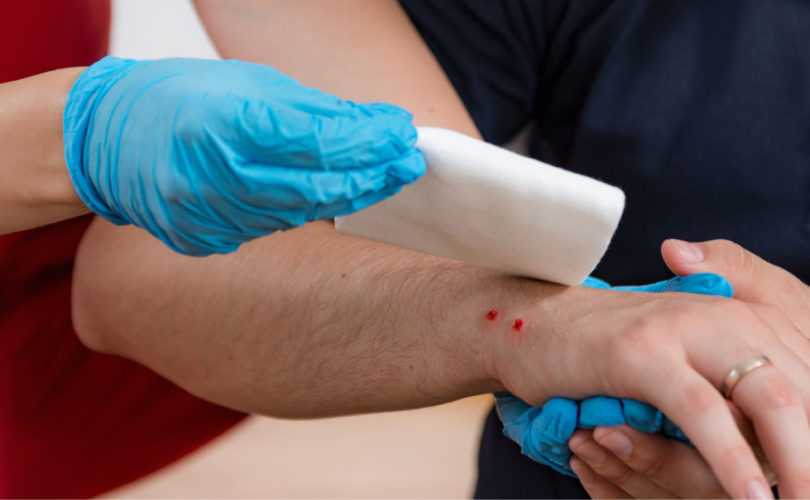Snake bites are a potentially life-threatening emergency that requires immediate attention. While encounters with snakes are relatively rare, knowing how to respond to a snake bite can make all the difference in ensuring a positive outcome. In this article, we’ll explore first aid measures for snake bites and debunk common myths surrounding their treatment:
1. Stay Calm and Call for Help
The first step when dealing with a snake bite is to stay calm and call for help. Panicking can increase heart rate and spread venom more quickly through the bloodstream. If possible, move away from the snake to prevent further bites and seek assistance from emergency services or medical professionals.
2. Keep the Bite Site Immobilized
Once the victim is in a safe location, it’s essential to keep the bite site immobilized to slow the spread of venom. Encourage the person to remain as still as possible, and avoid moving the affected limb. Immobilizing the bite site can help prevent the venom from entering the bloodstream and causing systemic effects.
3. Remove Constrictive Clothing or Jewelry
If the snake bite occurs on a limb, remove any constrictive clothing or jewelry from the affected area. Swelling may occur rapidly, and constrictive items can restrict blood flow and worsen tissue damage. However, avoid cutting off circulation completely, as this can cause additional complications.
4. Do Not Apply a Tourniquet
Contrary to popular belief, applying a tourniquet above the snake bite is not recommended. Tourniquets can cut off blood flow to the affected limb and lead to tissue damage or even amputation. Instead, focus on keeping the bite site immobilized and seek medical attention promptly.
5. Clean the Wound
While it’s essential to keep the bite site immobilized, you can gently clean the wound with soap and water if it’s easily accessible. However, avoid scrubbing the wound or applying suction, as this can increase blood flow and spread venom. Use a clean cloth or sterile gauze to pat the area dry.
6. Seek Medical Attention Immediately
Regardless of the type of snake or severity of the bite, it’s crucial to seek medical attention as soon as possible. Even non-venomous snake bites can lead to infection or allergic reactions, so it’s essential to have the wound evaluated by a healthcare professional. Antivenom may be necessary for venomous snake bites, so prompt treatment is critical for a positive outcome.
In conclusion, knowing how to respond to a snake bite can save lives in an emergency situation. By staying calm, immobilizing the bite site, and seeking medical attention promptly, you can help minimize the effects of venom and prevent complications. Remember to avoid applying tourniquets or attempting to suck out venom, as these practices can do more harm than good. By dispelling common myths and following proper first aid measures, you can effectively deal with snake bites and protect your health.

